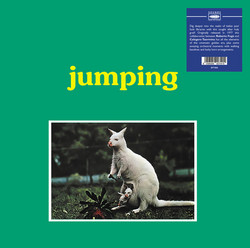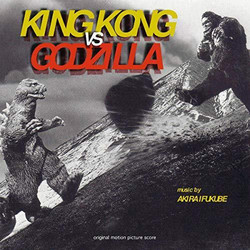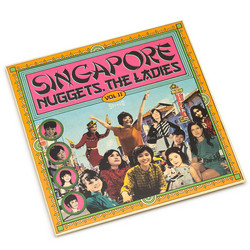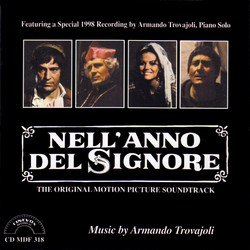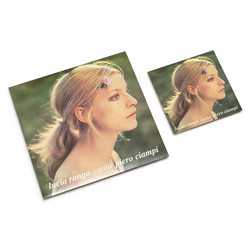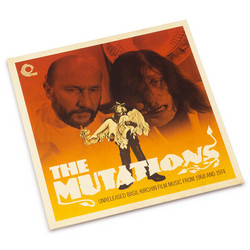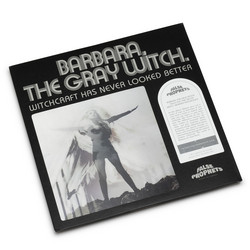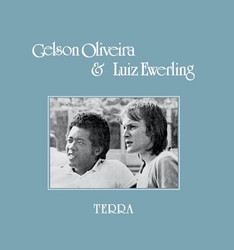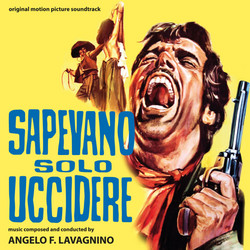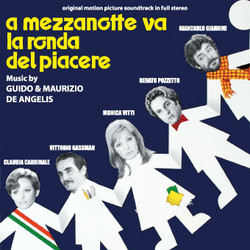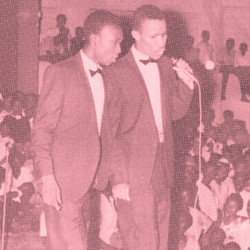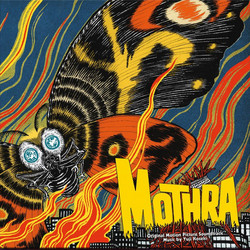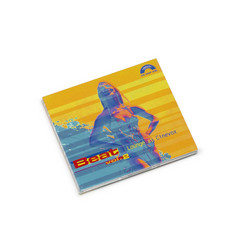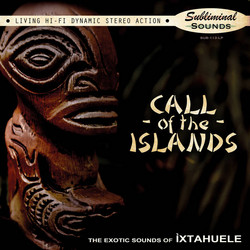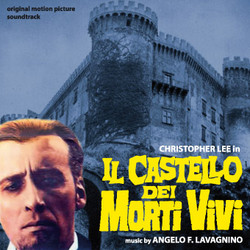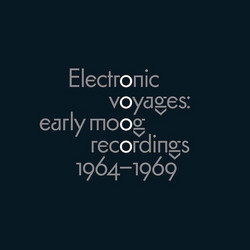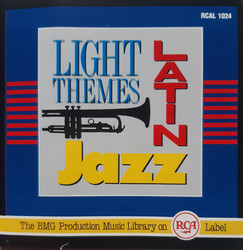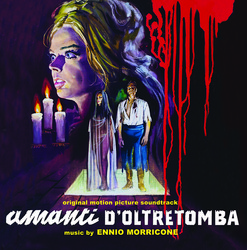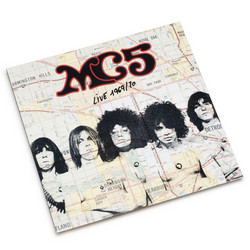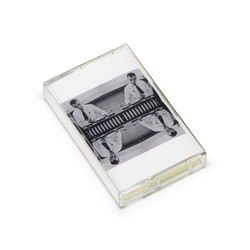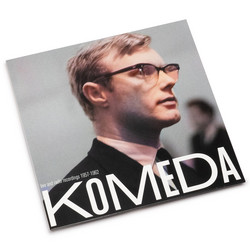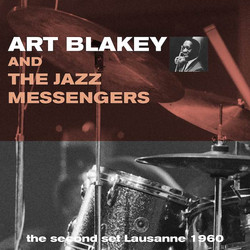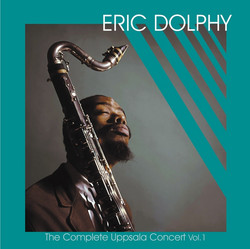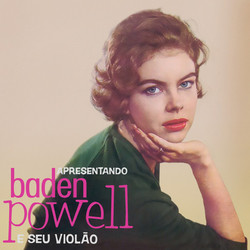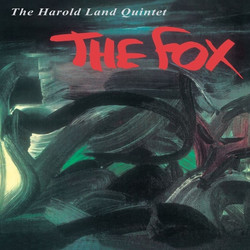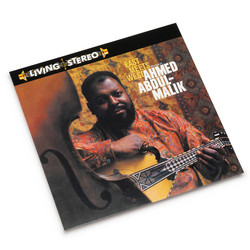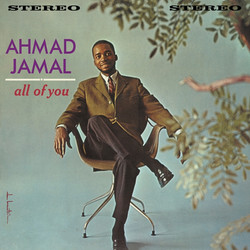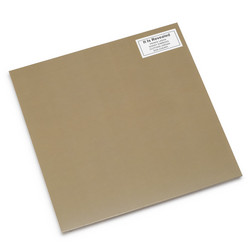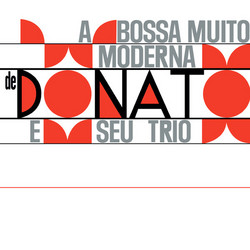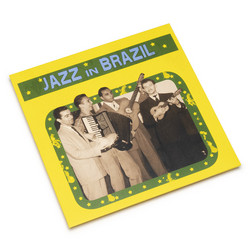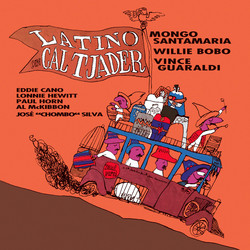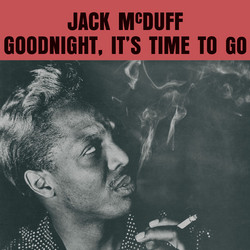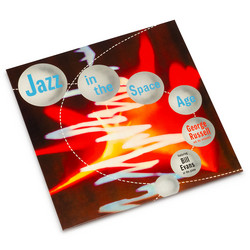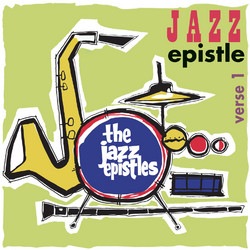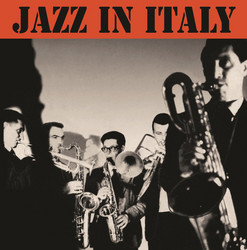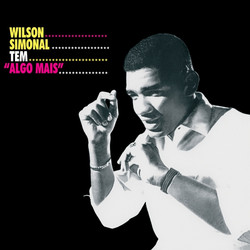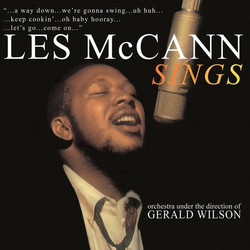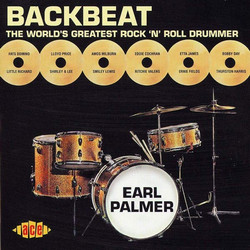The Alegre All Stars
The Alegre All Stars (LP)
Born from a studio jam organized by Al Santiago in 1961, the "Alegre All Stars" was inspired by the famous late 50's Cuban jam sessions. Originally published by Alegre Records, a New York City based label specialized in Latin music, this album stands as a legendary release in the field. This is like an open door on a wild Nuyorican party including food, drinks and an ongoing selection of highly infectious Latin grooves to dance to.
"When producer, innovator, and self-described “extrovert of manic proportions and overachiever,” Al Santiago heard Panart’s Cuban Jam Sessions (1959) he flipped. “Wow! How loose, groovy, funky and swinging, and musically avant-garde,” he wrote. “If they could put together a party studio band in Cuba and just jam, well so could we, and of course we did.”
His objective was three-fold: Create a record that rivaled the Cuban Jam Sessions, sell records and have the performers, “improvise music gratifying not only to themselves but to the listeners and dancers.”
But organizing an all-star group with sizeable egos, personality conflicts, opposing musical visions, and ridiculously busy schedules was no easy task. “The solution,” according to Salazar, “was to pick an off-night during the week when all could be available and find a place where they could work as a unit while preparing for the LP; the night was Tuesday and the place was the Bronx Social Club, The Tritons,” a second-story nightclub on Southern Boulevard between 163rd Street and Westchester Avenue. Over the next six to eight Tuesdays, the band gelled, the music evolved and for those who lived in the neighborhood or learned about it through word-of-mouth, the rehearsals were an event.
The all-star cast included pianist, composer, arranger Charlie Palmieri; flutist Johnny Pacheco; bandleader, timbalero “Kako” Bastar; violinist, saxophonist and veteran of the original Cuban Jam Sessions, Chombo Silva; vocalist, composer Rudy Calzado; percussionists Marcelino Valdés and Julián Cabrera; vocalist, percussionist and guitarist Dioris Valladares; vocalist Yayo el Indio; trombonist Barry Rogers and bassist Bobby Rodríguez.
At the outset, there was no designated leader or charts. The music, which consisted of Cuban standards with jazz elements included Bebo Valdés‘ “Rareza del Siglo,” Abelardo Valdés‘ “Almendra,” Mongo Santamaría‘s “Para Tí,” R. Cueto‘s “Al Carnaval,” the bolero “Soy Feliz,” Charlie Palmieri‘s “Ay Camina Y Ven,” and “Estoy Buscando a Kako,” a “head” arrangement credited to the trumpeter, jazz singer, vibraphonist and mellophone player Don Eliot (1926-1984).
When the group was ready, Salazar assembled the players at Mastertone Recording Studios and the session went off without a hitch. Something Santiago says, “never happened again.”
When the album was released in 1961, between advertising, word-of-mouth, and Santiago’s retailing savvy the albums sold between five to ten thousand copies and made a modest profit, considering the fact that, Santiago says he “never made records for the mass listening audience,” which was a plus.
As Latin recordings go, Volume 1 was unconventional and ahead of its time. Much like its creators: “Puerto Ricans, Dominicans, Cubans, and a golden long-haired Jew,” the music was diverse, spontaneous, danceable, jazzy, and fun. Also, the icing on the cake was the studio chatter, which revolved around quips, looking for Kako, the sound of booze being poured into a shot glass, and someone yelling, “Cierra la Puerta, Chico!” (Close the door, man!).[...]" - Tomás Peña, Latinjazznet.com
